The Origins of Palmistry
Dive into the historical journey of palmistry, from ancient roots to modern understanding in this concise exploration.
article by Nora Pennington
The Ancient Practice of Palmistry
Palmistry, often called chiromancy or palm reading, is a mystic art with an intricate web of origins branching across different cultures and epochs. Its practice involves analyzing the lines, shapes, and patterns on the hand to interpret personality traits, potential life paths, and future trends. The most prevailing belief among scholars is that palmistry began in ancient India and was initially intertwined with Hindu astrology and the concept of reading one's character and life experiences in the lines etched on the palms.
Tracing Palmistry’s Historical Path
From its purported inception in ancient Vedic traditions, palmistry's knowledge traveled through the cultural exchanges of conquests and trade. It spread to the Far East, taking root in China, Tibet, Persia, Egypt, and eventually Greece. The practice was adapted and refined through the ages, accruing different interpretations and methods as it passed through various cultural lenses. Notably, the Greek philosopher Aristotle took an interest in this art, providing momentum for its acceptance in Western thought.
The Middle Ages and Palmistry
Despite the classical interest, palmistry faced a period of obscurity in the Middle Ages, dismissed and suppressed by the early Church as pagan superstition or the work of the devil. Nonetheless, the flames of this arcane knowledge were kept alive through secret texts and covert practices. It wasn't until the Renaissance that palmistry began to emerge again as a respected study, blending with emerging Western esoteric traditions and aligning with the humanistic revival of classical knowledge.
Modern Era Acceptance
The practice saw a significant resurgence during the 19th century, defined as the period of modern palmistry. Figures such as Captain Casimir Stanislas D'Arpentigny and later, William John Warner, also known as Cheiro, contributed to its modern incarnation with systematic approaches and publications that widened its appeal. This led to a transformative period where palmistry began to latch onto the edge of mainstream acceptance, often riding the waves of popular mysticism and the era's fascination with the occult.
Palmistry in the 21st Century
Today, palmistry endures as a popular practice, paralleling the rise in interest towards astrology, tarot, and other esoteric arts. The digital revolution has allowed access to this ancient knowledge to proliferate through online courses, mobile applications, and interactive websites, hence the renewed focus on the craft. As cultures become more interconnected, the fusion of different palmistry methods reflects a global exchange of ideas, creating an ever-evolving tapestry of interpretative skills for the modern seeker.
Scientific Scrutiny and Palmistry
In an era of critical thinking and scientific inquiry, palmistry has its skeptics and remains largely within the realm of entertainment and self-discovery rather than structured science. Yet, practitioners and enthusiasts argue for its therapeutic value in providing insights and offering alternative perspectives on personal challenges. With ongoing debates about its legitimacy, palmistry continues to captivate imaginations demonstrating the enduring human fascination with divining meaning from the body's natural features.
Published: 1/11/2024
Modified: 1/11/2024
More predictions
Come back here soon to learn more about yourself and your future
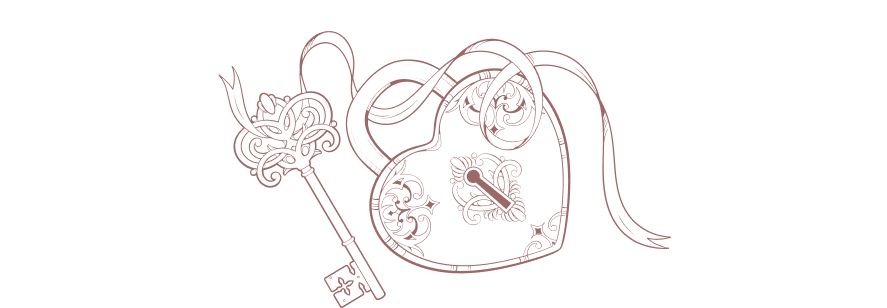
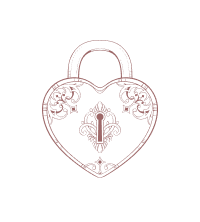
Unlocking Palm Lines for Career Success
Discover the secrets of your palms and what they suggest about your professional journey. Learn to read palm lines for insights into your career path.
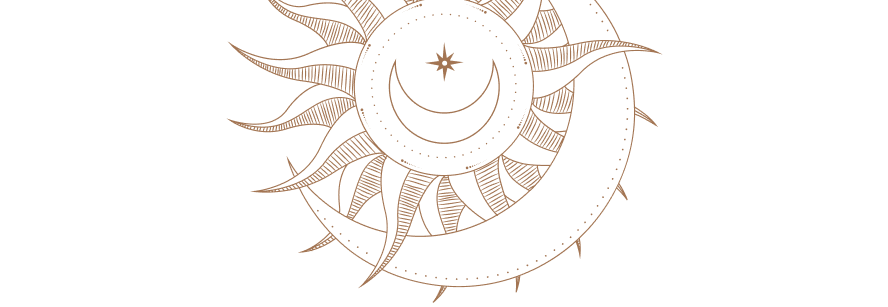
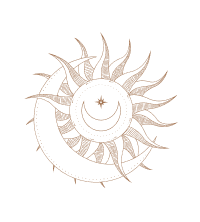
The Secrets of the Jupiter Mount & Palmistry
Discover the significance of the Jupiter Mount in palm reading and how it reflects your leadership and ambition.
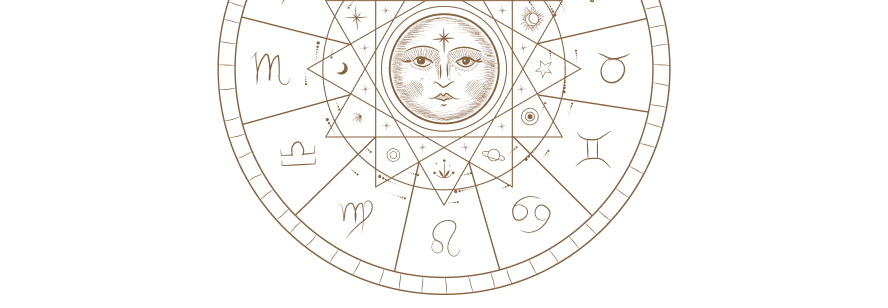
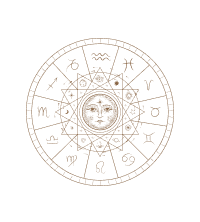
The Secrets of Palmistry: Interpreting Hand Reading Lines
Delve into the fascinating world of palmistry and discover what your hand reading lines reveal about your destiny, personality, and future.